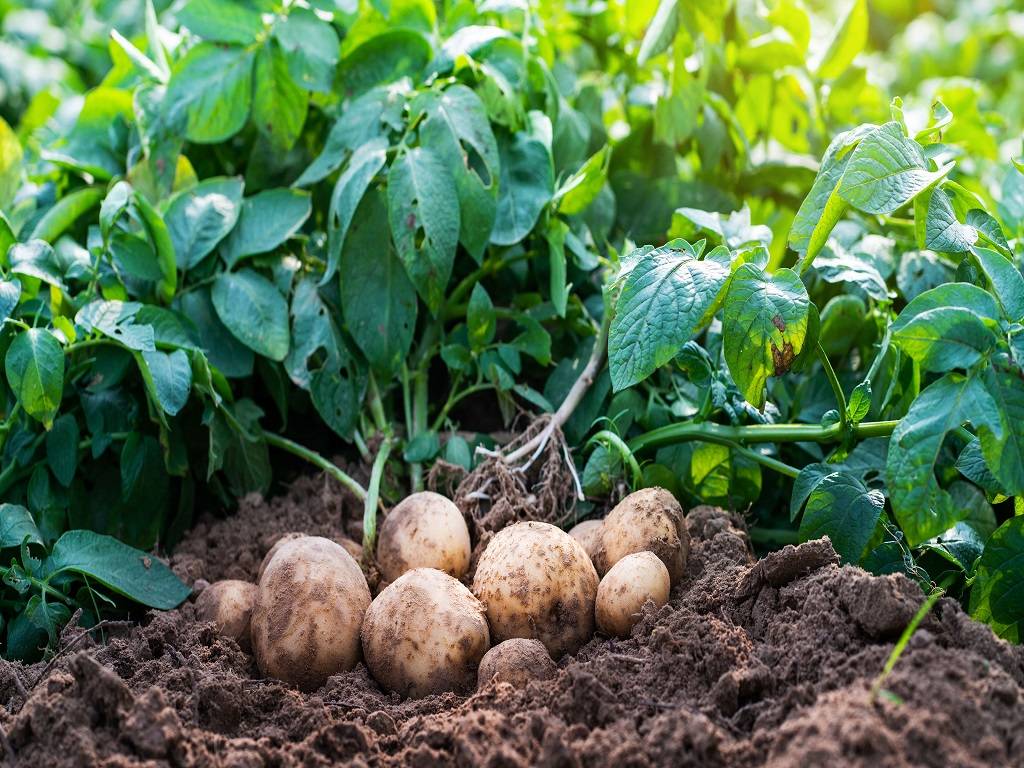
Companion planting is the technique of planting various plant species close to one another depending on how well they complement one another.
When you plan to plant potato companions planting in your garden, you need to keep in mind which companions are good for the potato or which plants you should avoid planting near them. You can grow rear varieties of potatoes that you might not find in the market even. Potatoes are starchy tubers that are a terrific addition to your vegetable garden and your garden potato crop's health and efficiency can be enhanced with companion planting. Find out which plants are the best and worst companions for potatoes below.
Best Plants to Grow with Potato
The ideal companion plants for potatoes would be those with above-ground growth habits that do not interfere with the potato tubers. However, some root vegetables can be advantageous since they act as insect deterrents. The top companion plants for potatoes are parsley, peas petunias, radishes, scallions, spinach, tansy, thyme, yarrow, basil, beans, cabbage, catnip, chamomile, coriander, corn, horseradish, lettuce, marigolds, nasturtium, etc.
The areas between potato plants are ideal for growing lettuce, spinach, scallions, and radishes, which have shallow roots. The best plants to put around potato hills will be early-season vegetables that will be harvested before you need to trample around the garden to dig up the potatoes because potatoes are harvested late in the season.
Worst Plant Companions for Potato
Potatoes are members of the nightshade family, so avoid planting potatoes close to any other nightshade family plants, including peppers, tomatoes, tomatillos, eggplant, and okra. Potatoes are a part of the nightshade family. Additionally, stay away from growing potatoes in the same area where nightshade plants were previously cultivated. All members of a crop family are susceptible to the same diseases and pests because they share the same genes. Some bacterial and fungal diseases thrive best when members of the nightshade family are located close to one another.
Follow optimal standards for crop rotation and wait a full two years before replanting crops from the same family in the same spot. For example, carrots, cucumbers, eggplant, fennel, okra, onions, peppers, pumpkins, raspberries, squash, sunflowers, turnips, etc.
















